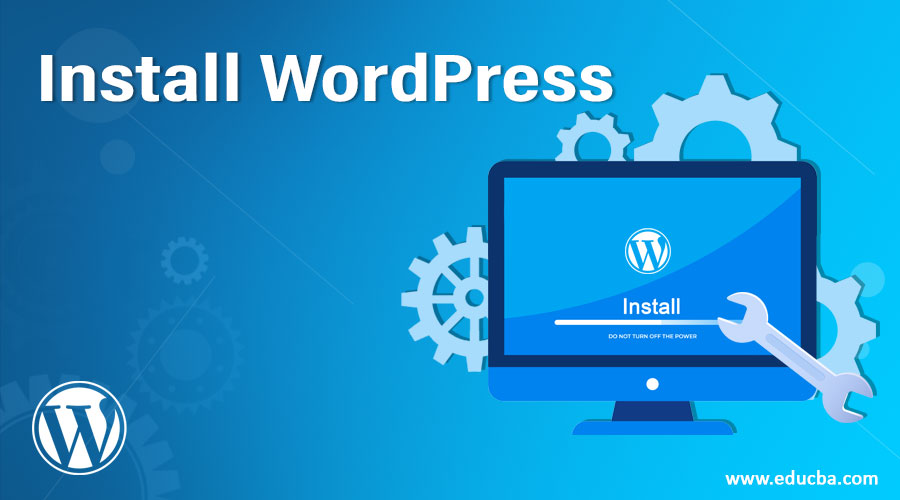WordPress Support
Installing WordPress in your language
In spite of the fact that WordPress shows in U.S. English of course, it has the underlying ability to be utilized in any language. The WordPress people group has effectively made an interpretation of WordPress into numerous dialects, and there are Topics, interpretation documents, and backing accessible in numerous different dialects (see WordPress in Your Language). Installing WordPress

Installing language files from the admin dashboard
As of variant 4.0, you can have WordPress automatically introduce the language of your choice during the establishment process.
For WordPress 4.1 or later, you can install language packs straightforwardly from the Administrator back-end at any time. WordPress will download them and switch the administrator back-finish to that language. Explore to Settings > General > Site Language and select from the rundown of accessible dialects. For Multisite Super Administrators, you can set the default language utilizing the Organization Administration Settings pane.
Manually installing language files
Here are the steps you will need to follow to install an international version of WordPress.
Note: If you make an error in the steps or you do not specify the correct language, WordPress will default back to English. For more help Installing WordPress, see Installing WordPress and FAQ Installation.
- Download the
.molanguage file for your language. The naming convention of the.mofiles is based on the ISO-639 language code (e.g. pt for Portuguese) followed by the ISO-3166 country code (e.g. _PT for Portugal or _BR for Brazil). So, the Brazilian Portuguese file would be calledpt_BR.mo, and a non-specific Portuges file would be calledpt.mo. Complete lists of codes can be found at (country codes) and (language codes).
etting the language for your site
Single-site installations
WordPress v4.0 and above
- Change the language in the admin settings screen. Settings > General > Site Language.
WordPress v3.9.2 and below
- Open your wp-config.php file in a text editor and search for:
| 1 | define ('WPLANG', ''); |
- Edit this line according to the
.mofile you’ve just downloaded, e.g. for the Portuguese spoken in Brazil you must add:
| 1 | define ('WPLANG', 'pt_BR'); |
- Note that if the .mo and .po files don’t exist for a language code called for in wp-config.php then there is no error message, but the code is still used in language_attributes(). This is useful for those of us whose language is similar enough to en_US not to require translation, but who don’t want en-US as the language tag in the blog, instead wanting some other variant of English. For example:
| 1 | define ('WPLANG', 'en_GB'); |
- Once you’ve added your language code, save the file.
Multisite installations
If you have a site network (WordPress multisite), the language is set on a per-blog basis through the “Site language” option in the Settings > General subpanel.
You can set the default language for the entire network under the Network Admin > Settings screen (“Default Language”).
Adding translation
If you want to add translations for terms that are still displaying in English after installation, visit translate.wordpress.org and select your language. To get started, refer this page in the Translator’s Handbook.

